Ok, first I thought this was an april-fools thread, but apparently the initial posts were older than that.
I'm not sure what you mean with the different names on the grip, there's two ways of holding a spear, one way for thowing it and one way for hand to hand combat. So I really thought this was a non-issue and hence the thread a joke.
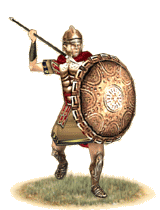
I'll call this the M-grip for Missile
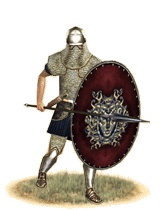
and this H-grip for hand-to-hand combat (I'll thus try to refrain from saying melee)
The M-grip enables you to throw the spear, in hand-to-hand however you'd be a dead idiot, pretty quickly. For one it's not possible to thust with the spear using this grip and a spear is a thusting weapon. You can stab, but as that makes the point follow the arch of your hand, stabbing is thus obviously an attack best suited for short weapons.
There's also the issue of it being "flimsy", you have little controll of the weapon, if someone bumps your weapon it's much harder to get back under control than with the H-grip and it forces you to hold the weapon closer to the center than an H-grip does.
There's also the issue of more or less only being able to stab, if you want the spearpoint to continue forward you actually have to losen your grip on the shaft, otherwise it'll start a downward motion, losening the grip obviously means that you can transfer less force into the attack.
One can only use this grip shoulder height and above as opposed to the H-grip which can more or less be used at any height.
Thrusting as someone using the M-grip also exposes two great targets for your opponent;
For anything with a blade, that can be a spearpoint, but becomes a lot worse if it's a sword or something with a bit more force behind the swipe. The lovely vertical underarm, in front of your body, no less so it's even easy to reach.
Secondly the nice pocket your armpit makes, a wonderful target for anything with a thrustingpoint. Not only does the armpit catch the thrust nicely, and lead it into body, but this area is really hard to armour, because doing so usually limits movement.
The H-grip in turn have:
Greater reach, because you can both hold further back on the spear and extend your arm further.
Greater control, meaning you can wield your spear in numerous ways, like, block, or swipe, or use it to "catch" your opponents spears.
Greater force, not only does this grip enable a movement that generates more force, but it also enables you to transfer your bodyweight and your momentum into the thrust. This combined with the fact that the thrust from this grip continues in a straight line, means that one can pierce something and continue on through.
Greater presision. This is a result from this grip being steadier and giving you more control, but also from the fact that the spearpoint doesn't move in a trajectory. Hitting where you want is pretty important when you're facing an armoured and/or shield wielding opponent.
That's what I find at the top of my head at 1 Am :P
Oh the second spearpoint, like has been said before, it's probably good to have a reserve spearpoint, but as you're probably holding your spear pretty far back with the counterweight and all, if your opponent charges past your spearpoint, then sending the spearpoint skywards you quickly have an M-grip and a short weapon, that you can use to stab your oncoming foe in the face/neck/torso. Perhaps not ideal, but pretty deadly as your charging foe usually wants to see what he's doing (hence his shield probably isn't held up too high enableling you to possibly act over it as an M-grip means you act in the high reagions.) and it's a lot quicker than changing to your secondary weapon.
Ahh and the mentionings on low number of casulties makes me guess that they in those cases fought at more or less maximum reach in what I've come to know and despise as "spear duels", it's a really timeconsuming and low casulty way of fighting where spearmen on both sides poke at each other trying to get through the other's guard. Compared to a headon charge ending at closequaters this type of engagement can take forever without hardly anyone dying.
Obviosly in this kind of fighting you want reach more than anything.



 Reply With Quote
Reply With Quote



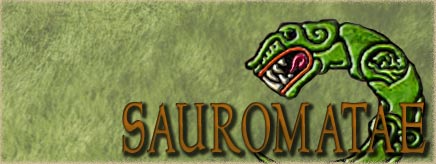
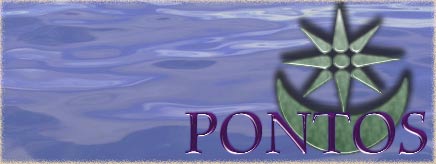
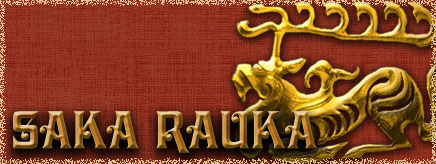

 I'll call this the M-grip for Missile
I'll call this the M-grip for Missile and this H-grip for hand-to-hand combat (I'll thus try to refrain from saying melee)
and this H-grip for hand-to-hand combat (I'll thus try to refrain from saying melee)




 " -alBernameg
" -alBernameg








Bookmarks